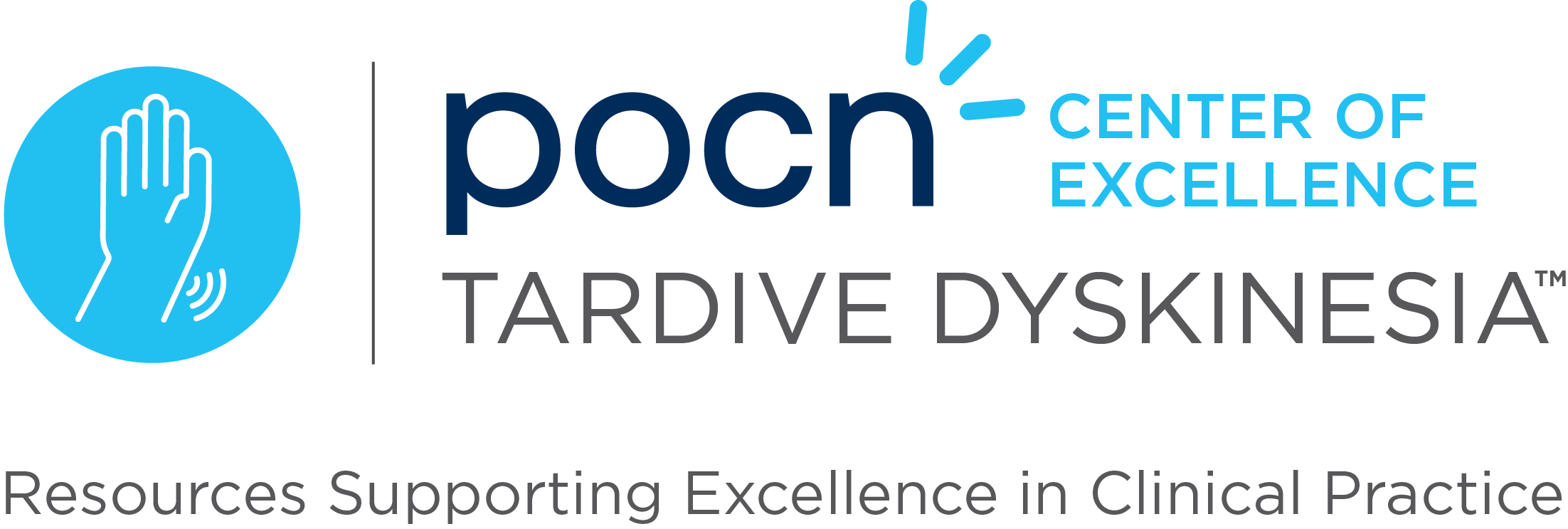Educational Activity: Impact of Uncontrolled Movements on Social Life

One of the faculty members of the Tardive Dyskinesia Center of Excellence, Jeremy Schreiber, MSN, APRN, PMHNP-BC, offers an educational activity from Clinical Care Options using a case example of a patient with untreated, abnormal, and uncontrolled movements. Click below to view and complete the activity.
Stress and its Impact on Tardive Dyskinesia

Research has shown that excessive involuntary movements from tardive dyskinesia (TD) can be worsened by an excessive amount of stress. Patients with TD often also experience stress, which can create an “unfortunate cycle.” It has been found that when patients with TD have found ways to manage or lessen their stress, they have experienced an improvement in quality of life and symptoms. This article offers evidence-based ways that can reduce stress and alleviate symptoms of TD including exercise, meditation, and sleep.
Panel Recommendations for Assessing Tardive Dyskinesia

A panel addresses the gap of knowledge for providers around the use of standardized measures to assess the functional impact of tardive dyskinesia (TD) in a routine clinical practice setting. Key points found include assessing social, physical, vocational, and psychological functioning to determine the impact that TD is having on a patient’s quality of life. These should be conducted at every patient visit, with also considering the experiences of the patient’s caregivers and family.
How to Identify and Manage Side Effects of Antipsychotics in Elderly Populations

In this paper, the frequent use of antipsychotics in facilities for the elderly is addressed, in addition to the increased cases of persistent drug-induced movement disorders in elderly patients. The elderly population are especially prone to falls and other quality of life issues as a result of these side effects. To combat this issue, recommendations for a prevention-based strategy are outlined, including a more limited use of the treatment. This includes the education of both patients and caregivers to recognize the early warning signs of drug-induced movement disorders.
Clinical Efficacy of the Use or Withdrawal of Anticholinergic Drugs in Tardive Dyskinesia

This study analyzes data regarding the use and withdrawal of anticholinergic drugs (benzhexol, benztropine, biperiden, orphenadrine, procyclidine, scopolamine, or trihexyphenidyl) for the treatment of patients with tardive dyskinesia (TD; among other movement disorders). Researchers sought to determine if the use or removal of these drugs showed clinical effectiveness in treating those with antipsychotic-induced TD. It was determined that further studies are needed on the benefits of both the use and withdrawal of anticholinergic drugs for this population.
